San Francisco Sustainable City Initiative Covers Natural and Built Environments

By Dyanna Sandhu
Home to global leaders in the design, construction, and operation of sustainable architecture, San Francisco’s green building policy has always focused on finding the balance between present needs and future resources. Its Sustainable City initiative is dedicated to the long-term sustainability of the city’s natural and constructed environment, and public officials are committed to leading by example, applying the highest sustainability standards to buildings owned and managed by the city government as well.
The U.S. Green Building Council has certified over 101.5 million square feet of Leadership in Energy and Environmental Design (LEED) buildings in San Francisco. A globally recognized symbol of achievement in sustainability, LEED is the most used green building rating and certification system in the world, providing a framework to create highly efficient, cost-effective sustainable buildings.
Some of San Francisco’s greenest buildings are highlighted below. Having received the LEED Platinum certification, the highest possible rating, these sustainable builds are leading the way in green building and architecture all over the world.
Is your business looking for ideas on making a positive environmental impact? Check this free online report from B Lab that compiles articles and resources to help your business become a climate leader. Whether you work at a large company or an agency, get inspired to do more today.
City Hall

Over a hundred years old, San Francisco’s City Hall is the oldest building in the United States to receive a LEED Platinum certification in the existing building operations and management category. This means that the building has gone through sustainable improvements but with little to no construction. Instead, City Hall has been revamped with water and energy-saving upgrades.

With a $700,000 grant from the Environmental Protection Agency, more than 90 toilets and urinals were replaced with high-efficiency models, and with the help of the San Francisco Public Utilities Commission, operational and energy efficiency upgrades were funded. Already one of the most sustainable historical buildings in San Francisco, City Hall has a 100 percent greenhouse gas-free electricity supply. The added water efficiency upgrades are expected to save about 825,000 gallons of drinking water annually. A newly reconfigured heating and ventilation system also monitors temperature and carbon dioxide levels, circulating fresh air when rooms are full and cooling the building.
California Academy of Sciences
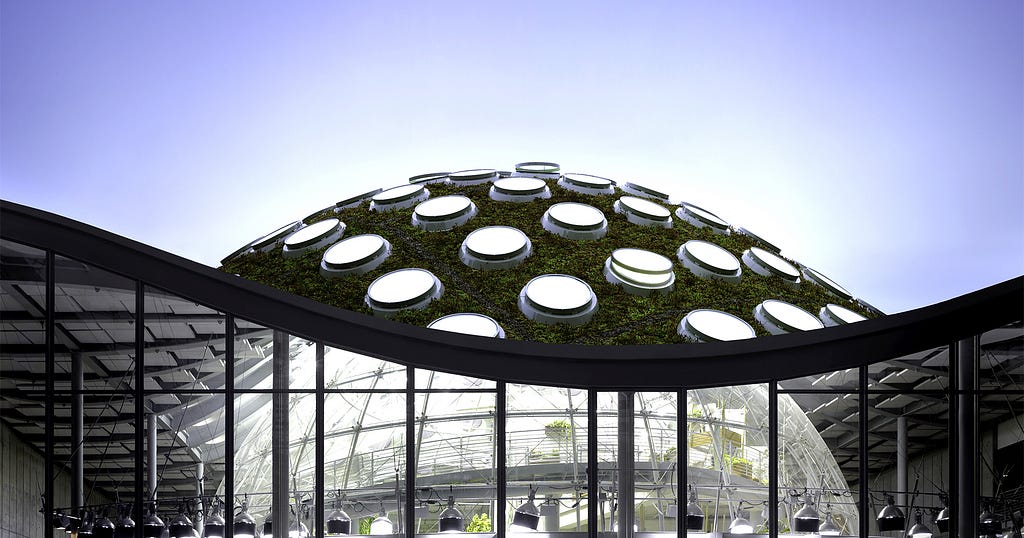
A scientific and educational institution, the California Academy of Sciences is also one of the largest museums in the world, housing over 26 million specimens. With an aquarium, planetarium, and natural history museum all under one roof, the academy’s mission is to explore, explain and sustain life on Earth.
Designed by architect Renzo Piano, the academy has set new standards for environmentally-conscious engineering and energy efficiency. When construction began, 90 percent of demolition materials from the 12 buildings that were previously at the site were recycled. All extra materials used were also specifically chosen to minimize the environmental impact of the project — as opposed to fiberglass or foam insulation, for example, a thick cotton batting created from recycled blue jeans was used to better absorb sound and more efficiently hold heat.
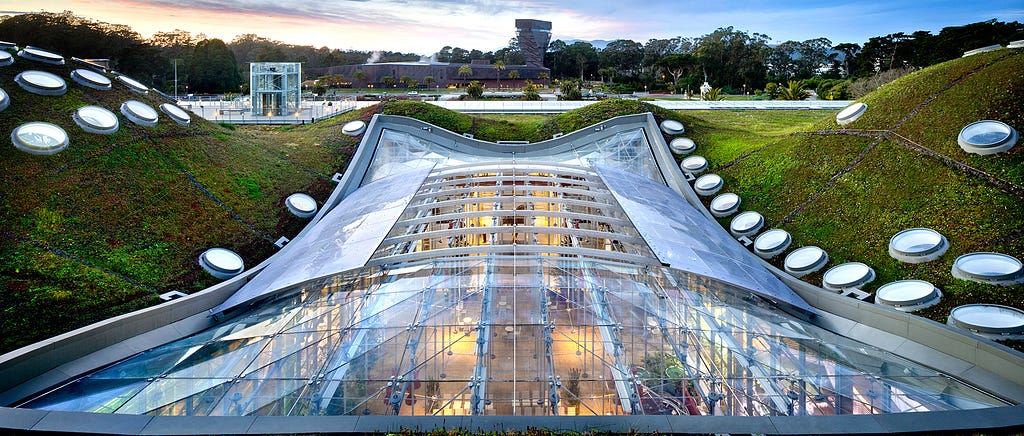
Efficient building design was also a major component in the academy receiving LEED Platinum certification. Floor-to-ceiling glass, created with a low iron content to ensure clarity, is used throughout the building, reducing levels of heat absorption and minimizing energy used for cooling the building. The academy’s iconic living roof acts as a form of natural insulation while also preventing stormwater runoff from transporting pollutants into the ecosystem. Surrounding the living roof is a solar canopy containing 60,000 photovoltaic cells, supplying at least 5 percent of the academy’s standard annual energy needs and preventing the release of over 405,000 pounds of greenhouse gas emissions each year.
Exploratorium
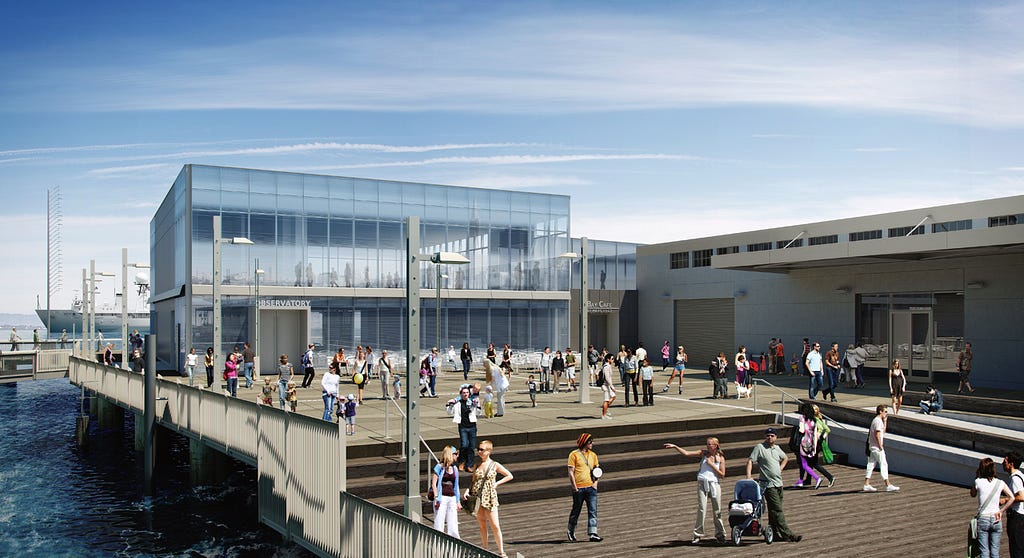
The brainchild of Frank Oppenheimer, the Exploratorium is a public learning laboratory that allows visitors to explore the world through art, science and human perception. With a mission to transform learning worldwide, the Exploratorium team creates tools and experiences to help everyone become an active explorer. The museum has hundreds of “explore-for-yourself” exhibits and offers guided tours led by Explainers, who are young people engaged in teaching and learning and trained and supported by staff scientists.
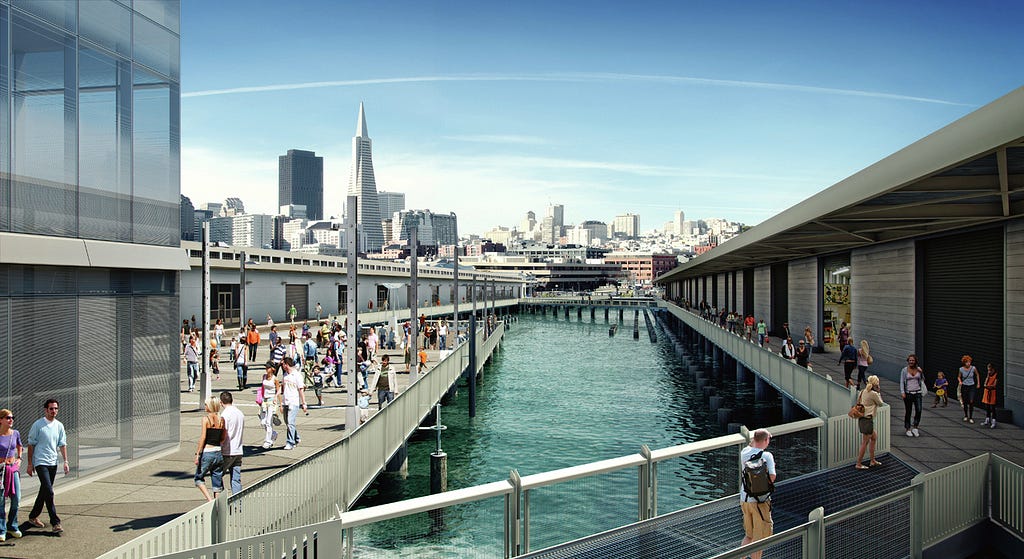
Led by architecture firm EHDD, the Exploratorium’s sustainable design brings new life to San Francisco’s historic Embarcadero waterfront. The museum has an innovative radiant heating and cooling system that exchanges energy with the bay as well as a rainwater collection system to flush toilets and water plants. The building was designed to use no natural gas, and installing the baywater system means no need for a cooling tower, saving more than a million gallons of water over the course of a year.
These sustainable innovations are helping the Exploratorium get closer to its goal of being the first and largest net zero museum in the world, meaning it would generate at least the amount of energy that it consumes annually. The museum has even integrated net zero energy education into its exhibits, with live energy use as well as photovoltaic production on display.
EcoCenter at Heron’s Head
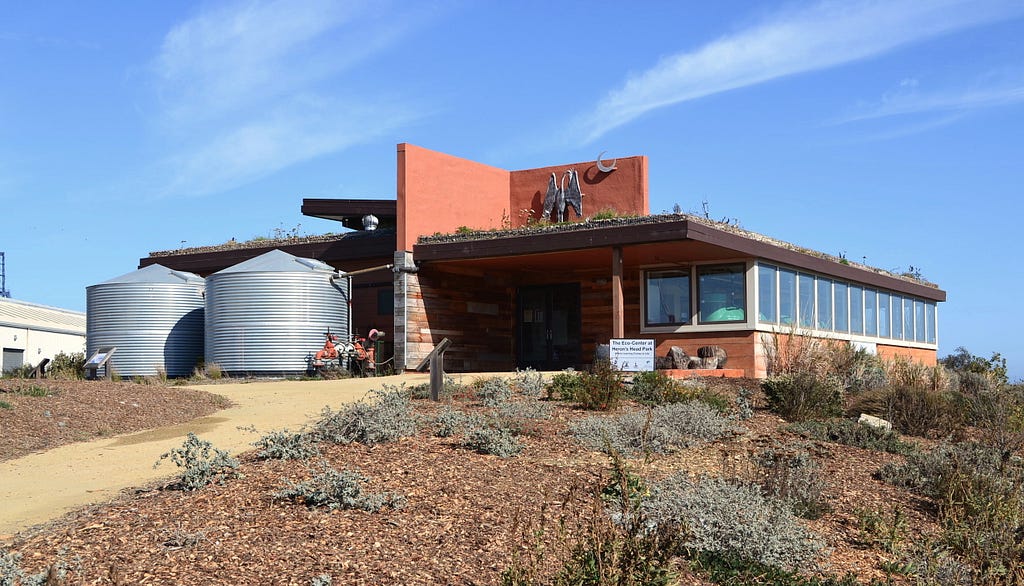
Located in southeast San Francisco, the EcoCenter at Heron’s Head Park is a one-of-a-kind environmental education facility that integrates experience-based learning and habitat restoration. A living classroom, the EcoCenter is also a paragon for sustainable resource use and green building and the first LEED Platinum zero-net-energy building in San Francisco. Designed by Toby Long, the facility was a collaboration between the Port of San Francisco, Literacy for Environmental Justice, San Francisco Department of the Environment and California Coastal Conservancy.
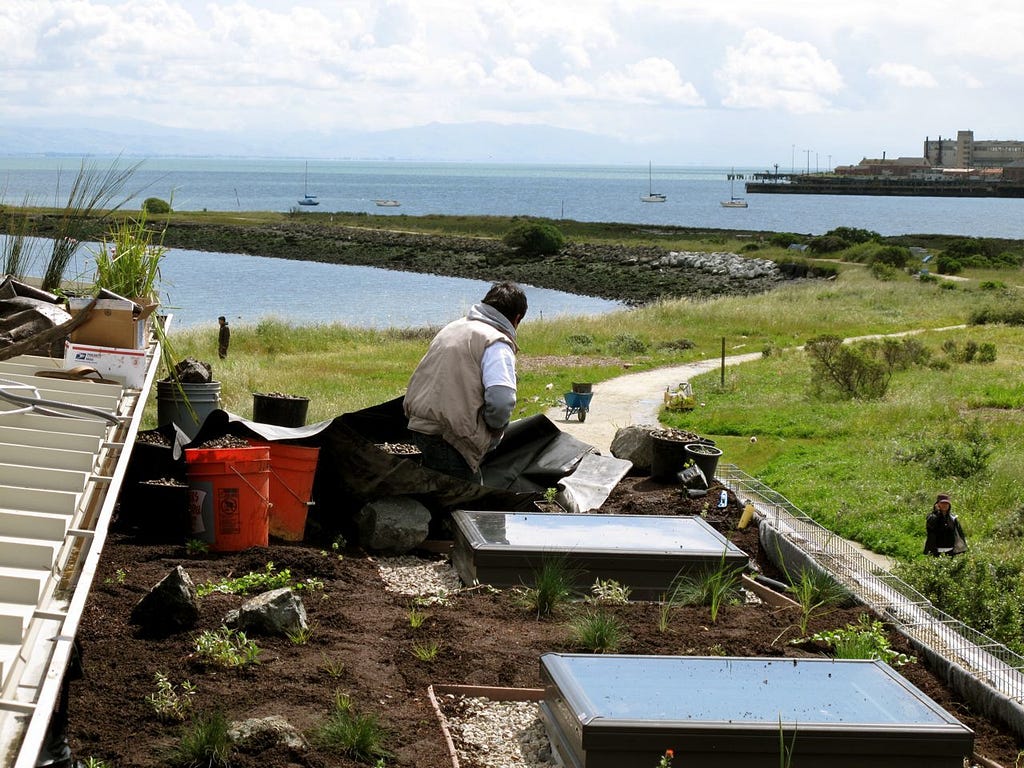
To combat adverse human impact in San Francisco, the EcoCenter works to find sustainable solutions. All the water that falls on the area is managed and regulated through low-impact design features that include a living roof, rainwater harvesting, on-site wastewater treatment, and permeable paving. The EcoCenter also incorporates as many recycled and reused materials as possible, as well as resource and energy-efficient fixtures and devices. The facility produces and stores its own electrical energy using 24 solar photovoltaic panels and a battery storage tank.
This article was originally published by Impakter. B the Change gathers and shares the voices from within the movement of people using business as a force for good and the community of Certified B Corporations. The opinions expressed do not necessarily reflect those of the nonprofit B Lab.

Where Green Building Goes Platinum was originally published in B the Change on Medium, where people are continuing the conversation by highlighting and responding to this story.